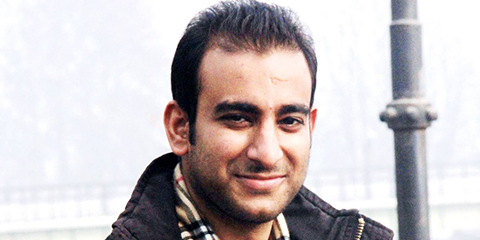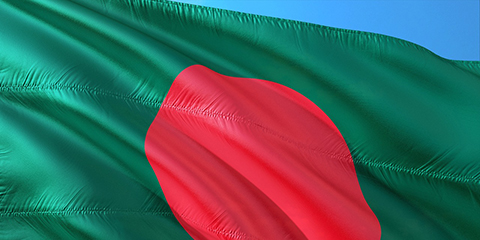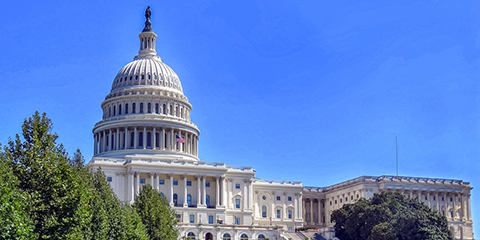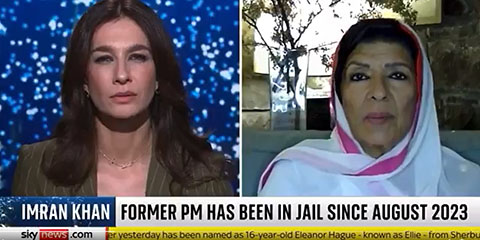The changing face of journalism: Insights into Southeast Asia's newsrooms
JournalismPakistan.com | Published last year | Aisha Patel
Join our WhatsApp channel
ISLAMABAD—Southeast Asia, a diverse region comprising countries with rich cultural histories and varying political landscapes, is witnessing significant transformations in its media landscape. From traditional forms of journalism to the burgeoning digital media sector, Southeast Asia presents a complex tapestry of trends, challenges, and regulatory environments that shape the industry's evolution.
Emerging Trends in Journalism
In recent years, Southeast Asian media have experienced a notable shift towards digital platforms and online journalism. This transition is driven by the rapid adoption of internet and mobile technologies across the region. Traditional print and broadcast media outlets are increasingly investing in digital infrastructure to reach wider audiences and adapt to changing consumer preferences.
One of the prominent trends in Southeast Asian journalism is the rise of investigative reporting and data journalism. Media organizations are employing data analytics, interactive storytelling, and multimedia approaches to engage audiences and uncover critical issues affecting communities. Citizen journalism and grassroots reporting initiatives have also gained traction, amplifying diverse voices and perspectives on social and political issues.
Moreover, the convergence of journalism with technology has facilitated innovative storytelling formats such as virtual reality (VR) and augmented reality (AR), providing immersive experiences for audiences. This trend underscores a growing emphasis on audience engagement and multimedia storytelling in the region's media landscape.
Challenges Faced by Media Outlets
Despite technological advancements, Southeast Asian media outlets encounter multifaceted challenges that impact their operations and independence. Press freedom remains a critical concern, with some countries in the region imposing restrictions on media freedom, censoring content, and targeting journalists with legal harassment and intimidation. These challenges undermine journalistic integrity and hinder the ability to report impartially on sensitive issues.
Economic sustainability poses another significant challenge for media organizations, particularly smaller outlets and independent journalists. The shift from traditional advertising revenue models to digital monetization strategies has reshaped revenue streams. However, digital advertising dominance by tech giants and platform dependency pose financial uncertainties for media sustainability. Moreover, the COVID-19 pandemic exacerbated financial pressures on media outlets, highlighting vulnerabilities in the region's media ecosystem.
Regulatory Environments
Regulatory frameworks governing media vary widely across Southeast Asia, reflecting diverse political systems, cultural contexts, and historical legacies. While some countries uphold robust legal protections for press freedom and freedom of expression, others enforce stringent regulations on media ownership, content censorship, and online surveillance. Digital media regulation has emerged as a contentious issue, with governments balancing regulatory oversight with efforts to combat misinformation, hate speech, and online extremism.
Government interference in media affairs, including arbitrary arrests of journalists and the closure of independent outlets, poses threats to media pluralism and democratic governance in the region. The lack of transparent and accountable regulatory practices further complicates the media landscape, stifling innovation and limiting the diversity of voices in public discourse.
Looking Ahead
Despite these challenges, Southeast Asia's media landscape is characterized by resilience and innovation. Advancements in digital technology continue to reshape journalism practices, offering new avenues for storytelling, audience engagement, and community-driven journalism. The evolution toward digital-first strategies underscores the industry's adaptability and the growing importance of digital literacy and media literacy in shaping public discourse.
Moving forward, stakeholders in the media ecosystem, including journalists, media organizations, civil society, and policymakers, must collaborate to safeguard press freedom, promote media independence, and uphold ethical standards in journalism. Advocacy for transparent regulatory frameworks and accountability mechanisms is crucial for fostering a conducive environment for media pluralism and democratic governance in Southeast Asia.
The media landscape in Southeast Asia is a dynamic and evolving ecosystem shaped by technological advancements, regulatory challenges, and socio-political dynamics. Understanding these complexities is essential for navigating the region's media future and promoting a vibrant media environment that serves the interests of diverse communities. As Southeast Asia continues its journey toward digital transformation and media innovation, the role of journalism in fostering informed citizenship and promoting democratic values remains pivotal.

























